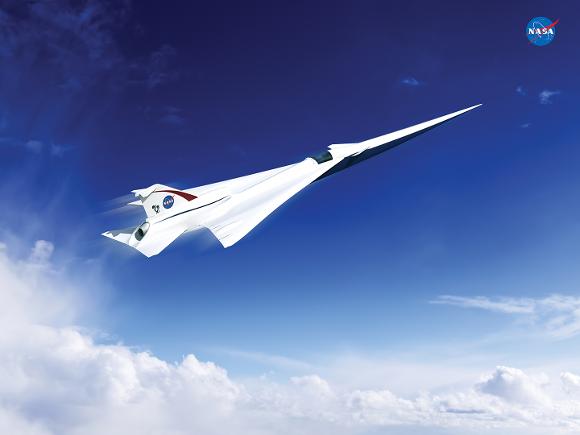By Paul Parkinson, Field Engineering Director, Aerospace & Defence, for Europe, Middle East, and Africa (EMEA) at Wind River
Artificial intelligence (AI) and machine learning (ML) will continue to bring about significant changes in aircraft cockpits and help move commercial, military, and general and business aircraft from automated to autonomous systems, affirm subject-matter experts at Wind River in Alameda, California, and Collins Aerospacein Cedar Rapids, Iowa.
Wind River recently published a short video on its collaboration with Collins Aerospace, in which Wind River CEO and President Jim Douglas and Collins Aerospace Director of Airborne Products and Systems Tim McCormick share some insights into the impact of rapidly changing technologies in the avionics industry. It includes an insightful discussion on “The Next Big Wave” – using artificial intelligence (AI) / machine learning (ML) to move from today’s automated systems to future autonomous systems. This wave would result in a significant change in the cockpit, from avionics systems which previously processed information and presented it to a pilot to enable them to make an informed decision, to autonomous avionics systems which are capable of making intelligent decisions themselves, potentially even removing the need for a pilot in the future.
To put this into context, as the number of commercial aircraft in our skies continues to increase dramatically, and the separation between aircraft decreases, this is placing a greater workload on aircraft pilots; and in the defense sector, sixth-generation military fast jets are being developed which will be capable of operating in an autonomous mode. These trends point towards the need for increased intelligence of automated systems, to reduce the workload of the pilot (or even replace the pilot) by analyzing information and making decisions, rather than presenting it to the pilot for them to make a decision – this requirement will drive the adoption of AI/ML in the cockpit.
There are many avionics systems in service today which help improve situational awareness for pilots, by processing complex information from multiple sensors and sources and presenting it to a pilot in a way that enables them to make decisions. These systems can be classified into two broad categories, those which support real-time decision-making, and those which support non-time-critical decisions.

Real-time avionics systems include synthetic vision systems (SVS) which provide an intuitive three-dimensional view of terrain maps to assist pilots on landing approach to airports. These systems are implemented using local processing platforms onboard the aircraft in order to provide a deterministic low-latency response to the pilot.
Research is also being undertaken into state-of-the-art augmented systems, for example by Collins Aerospace and NASA into sonic boom displays to enable pilots of supersonic military aircraft, and the forthcoming X-59 Quiet Supersonic Technology (QueSST) aircraft to review the projected sonic boom from their aircraft and the predicted impact on the landscape and decide whether to make changes to their route. The optimized touchscreen flight display solution onboard the aircraft includes award-winning technology from Collins Aerospace, CoreAVI and Wind River. In the future, on-board AI/ML systems on supersonic aircraft may even be able to review the sonic boom projection and make the decision on the pilot’s behalf.

Image courtesy Lockheed Martin
Non-time critical systems may be used as part of an e-enabled aircraft, enabling aircraft data to be transmitted in flight via satellite communication links to an airline cloud data center, or via 4G/5G networks while on the ground at airport terminal gate. Remote cloud-based analysis of this aircraft sensor data can be undertaken to determine if the aircraft is operating efficiently as part of a predictive maintenance strategy for maintenance, repair, and overhaul (MRO).
In the future, AI and ML could also be potentially used in safety-critical avionics systems. AI/ML presents some interesting potential challenges for safety certification, not least in terms of determinism and predictability; and it is interesting to observe the ongoing research into safety certification of AI/ML in the automotive sector, driven by the market demand for autonomous driving. Could research into AI/ML for safety-critical systems benefit aerospace as well automotive?
Paul Parkinson is currently field engineering director, aerospace & defence, for Europe, Middle East, and Africa (EMEA) at Wind River, managing a team of field application engineers (fae) working with aerospace & defence customers across EMEA.
Source: sae.org